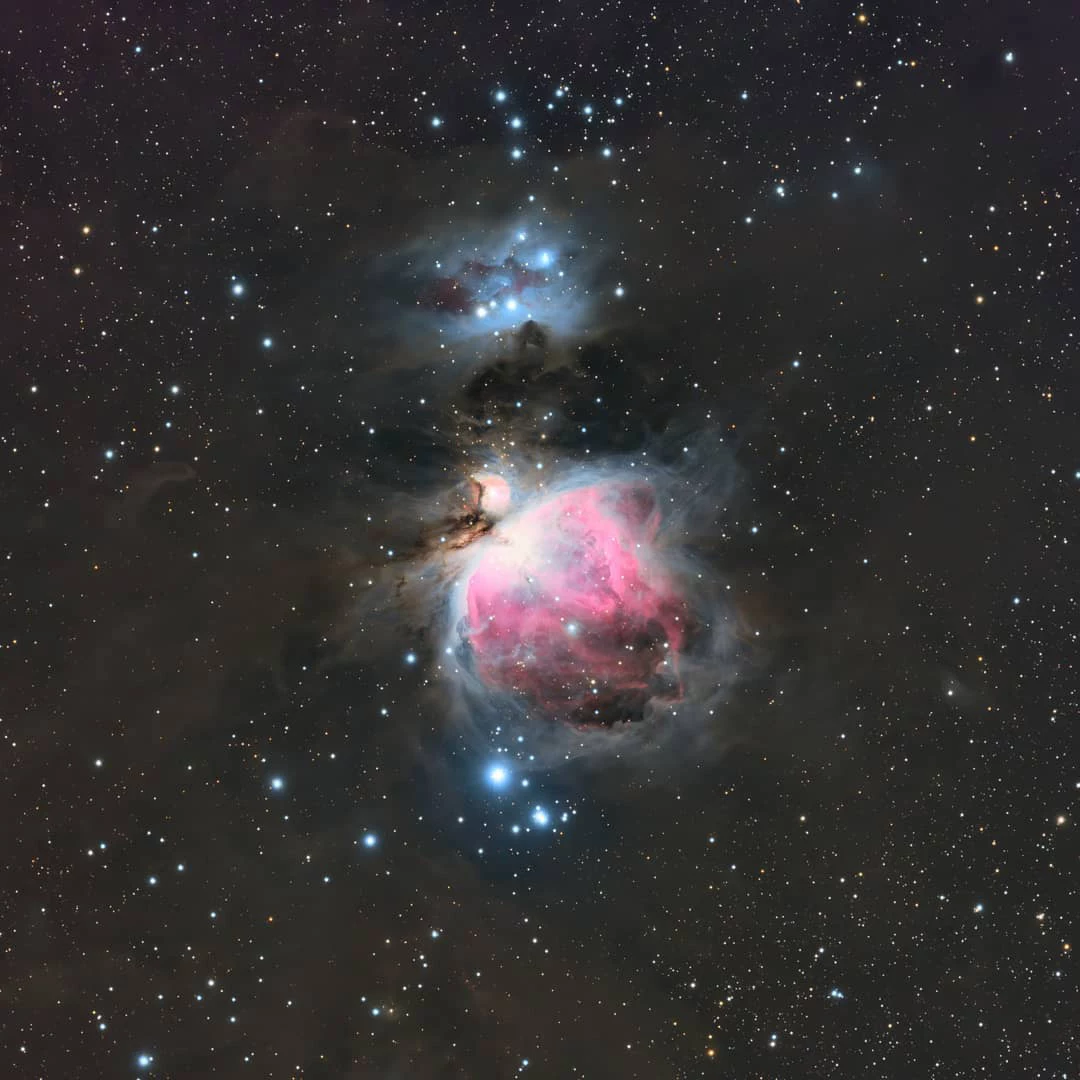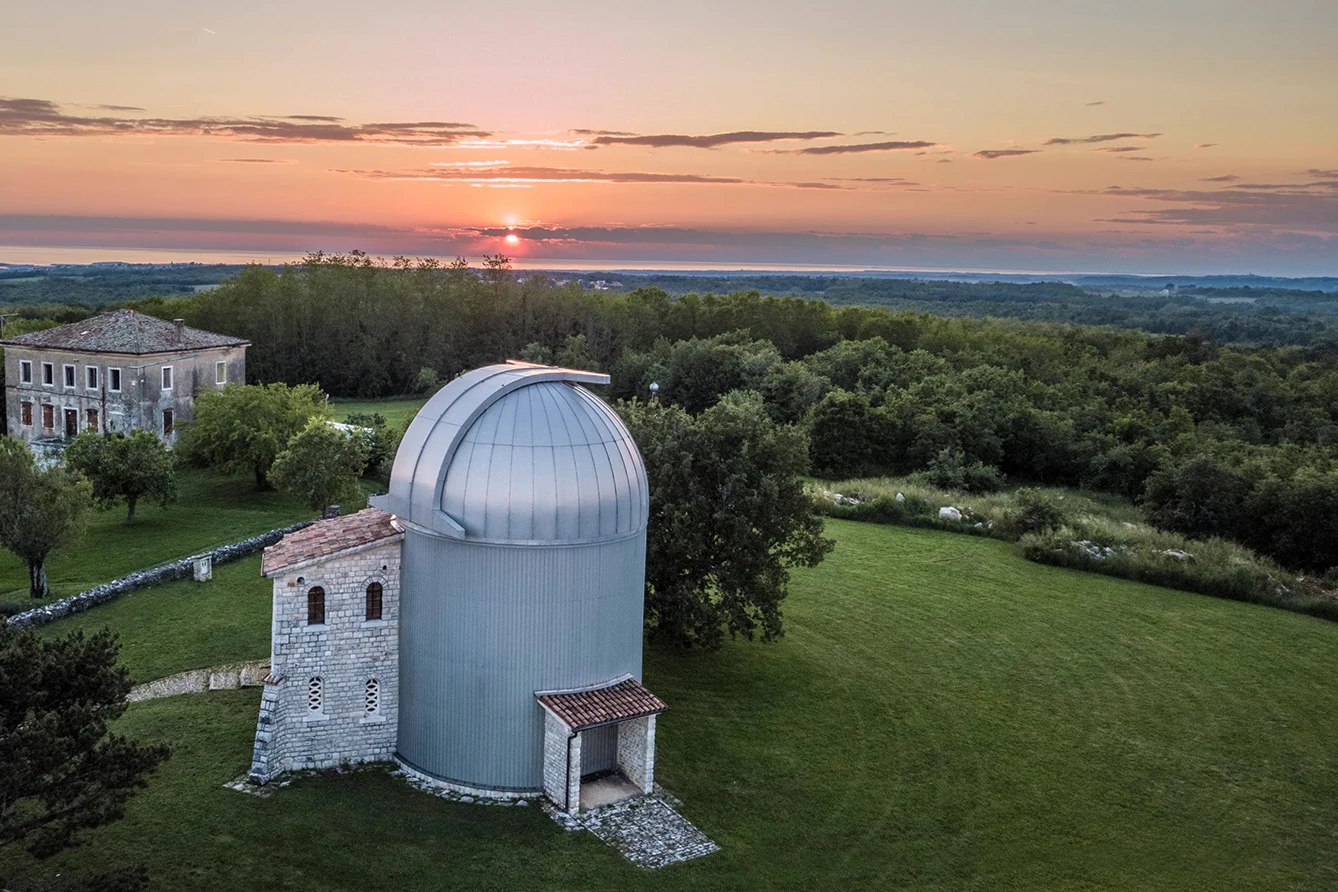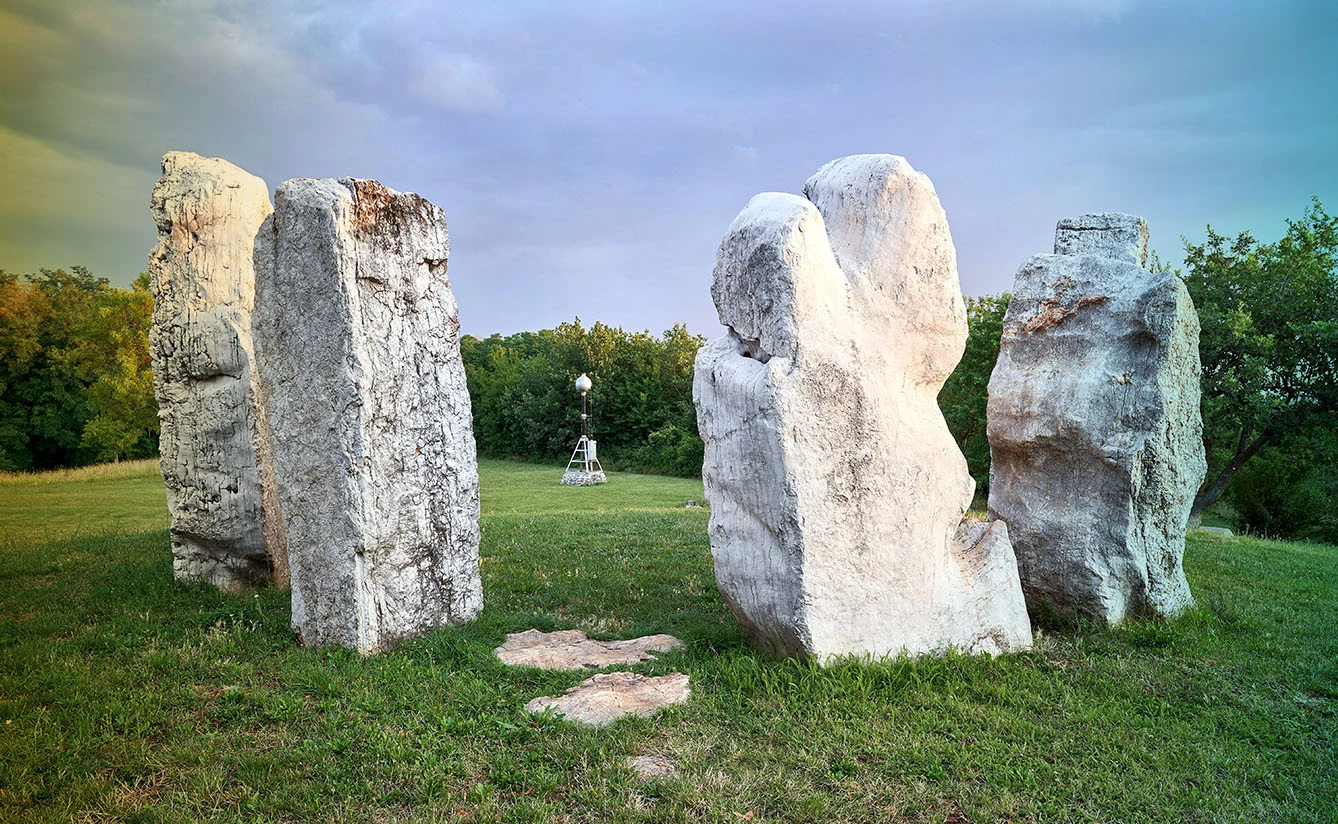During the recent period when Netflix’s “Don’t Look Up” was at the height of its glory, it got many people wondering: in real life, who’s taking care of warning us about possible collisions with asteroids, meteors, comets, or whatever else space could hurtle our way? Well, one answer is Croatians. More specifically: the crew of the Višnjan Observatory on Tičan Hill in Croatia’s Istria region.
Višnjan Observatory: spotting threats to Earth
To clarify, there have been two Višnjan observatories. The original one was in the town of Višnjan, along the northern part of the Croatian Adriatic Sea coast. The city has and quaint population of two thousand, a picturesque economy based on olive- and vine-growing, and its monuments are scarce despite its ancient Celtic origins. After its construction in 1976, the observatory grew exponentially in importance.
However, in more recent years, light pollution began to hinder the observatory’s effectiveness, forcing it to move locations. In addition, the old telescope needed to be replaced, as it had been badly damaged during the Yugoslavian wars. Thus, the dawning millennium marked the beginning of the construction of a new observatory on Tičan Hill, about 2.5 km outside of the town.


Although mostly used for educational purposes, the observatory has now had a fair share of success in expanding human knowledge of the universe. The astoundingly observant Korado Korlević (b. 1958), a teacher and amateur astronomer operating in Tičan, has so far discovered nearly 1300 astrological objects. All the while, Korlević and other astronomers on Tičan Hill are also keeping a close eye on any celestial bodies that have to potential to crash into Earth’s surface.
The Walmart of science
Thanks to Korlević’s keen eye, in 2019, the Višnjan Observatory was declared the most successful at spotting asteroids that could reach Earth. This pole position was taken from no less than NASA itself. In the first three months of 2019, Istria did over half the work globally to identify and track near-Earth objects that could pose a threat to our planet.
However, when talking to journalists, Korlević dismissed the success with a joke. He quoted world astronomers who sometimes call Višnjan Observatory the “Walmart of science,” as it has the best value-for-money ratio. “Americans are not surprised by our success because there are plenty of scientists in their queues who spent part of their childhood in Višnjan,” he added.
In truth, Višnjan is 12 time zones away from Hawaii. The best tracking effect comes from collaborations between the two observatories, which are literally half the world away from each other. In this case, it pays for Croatian astronomers to be on the other side of the world.







